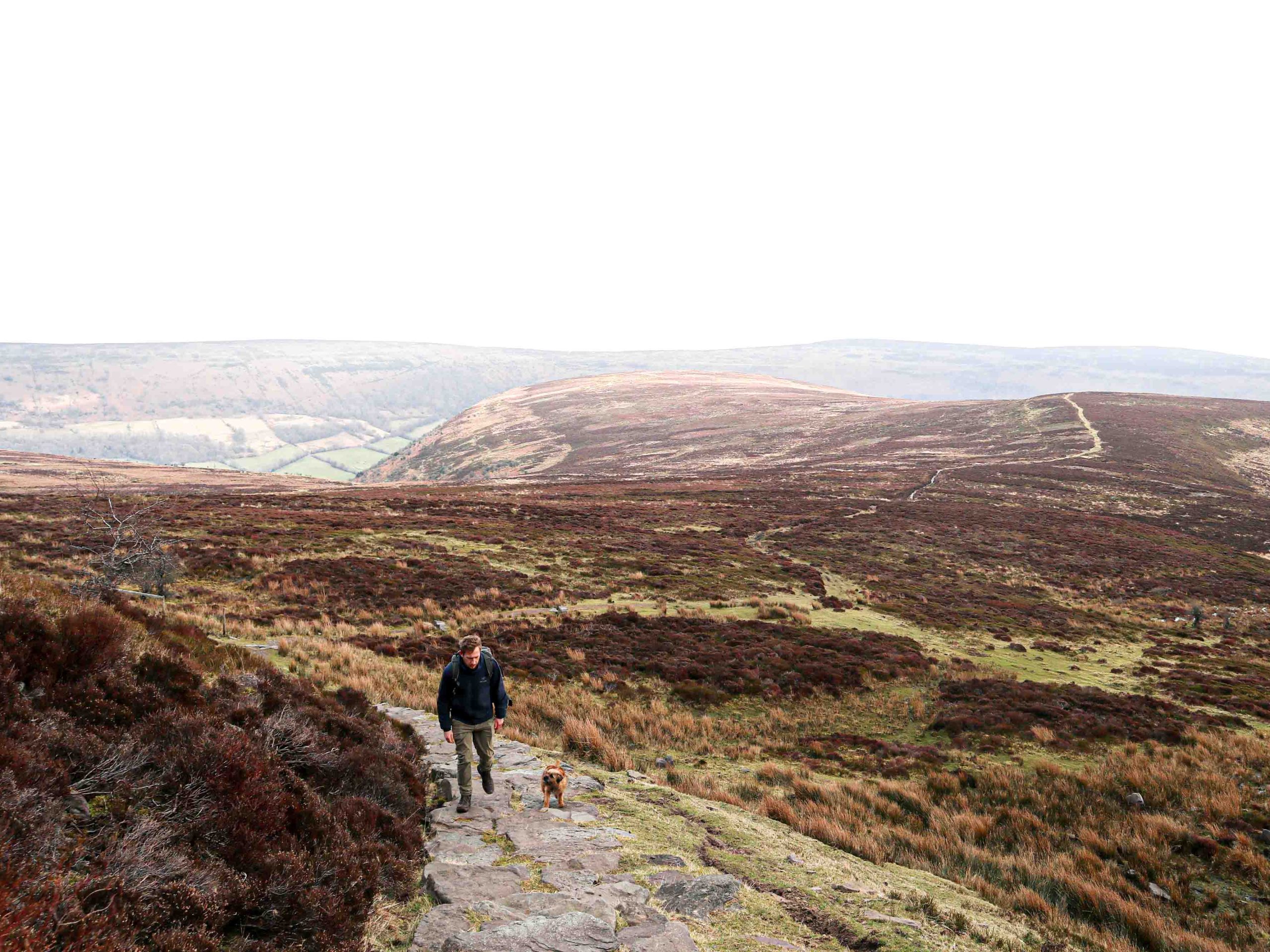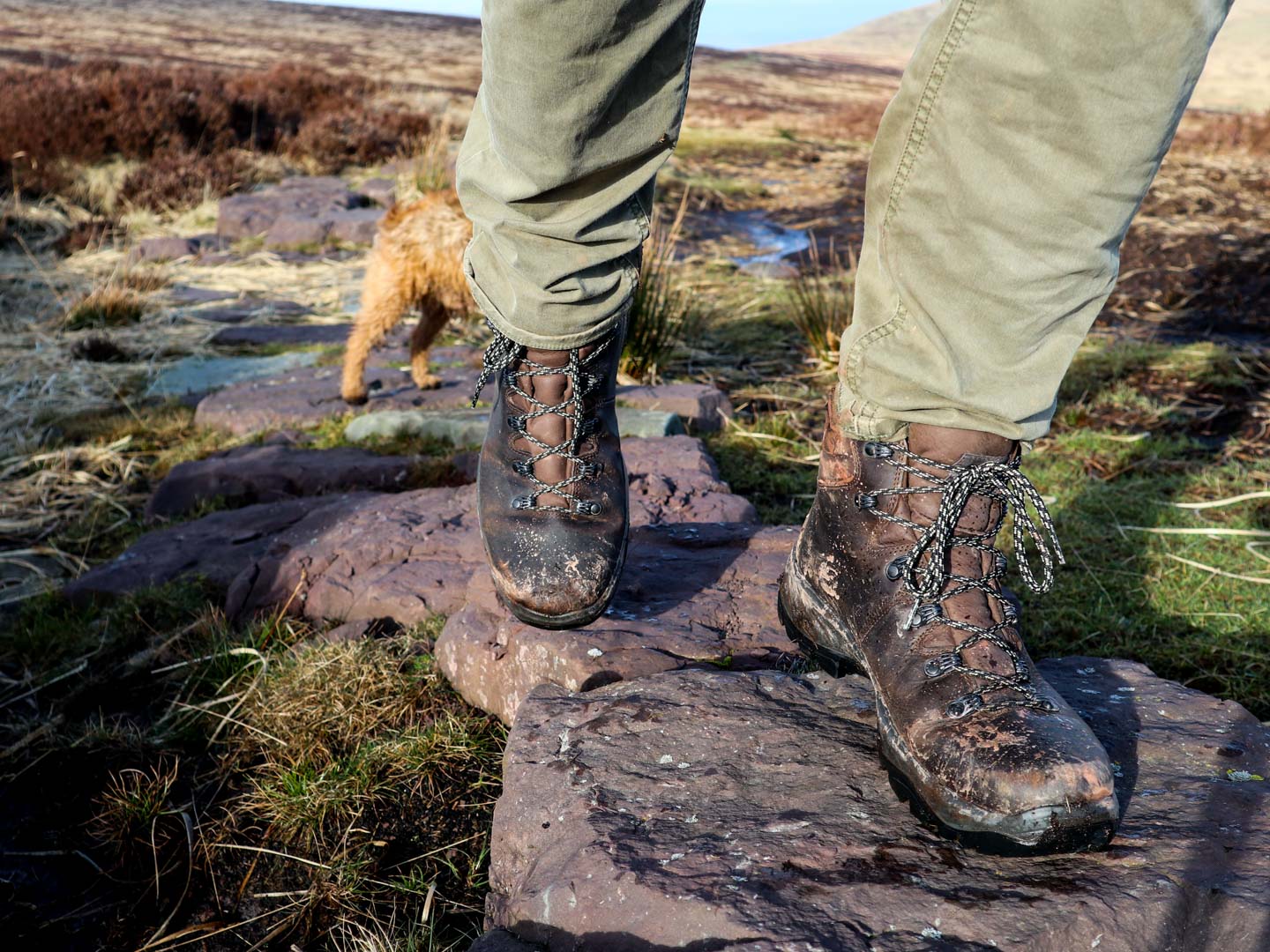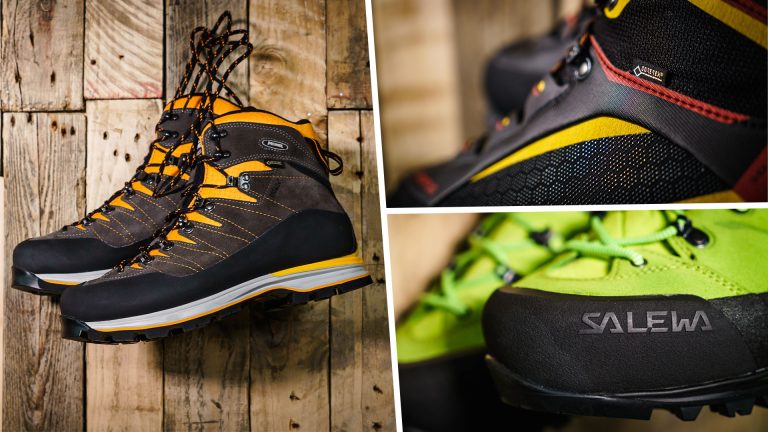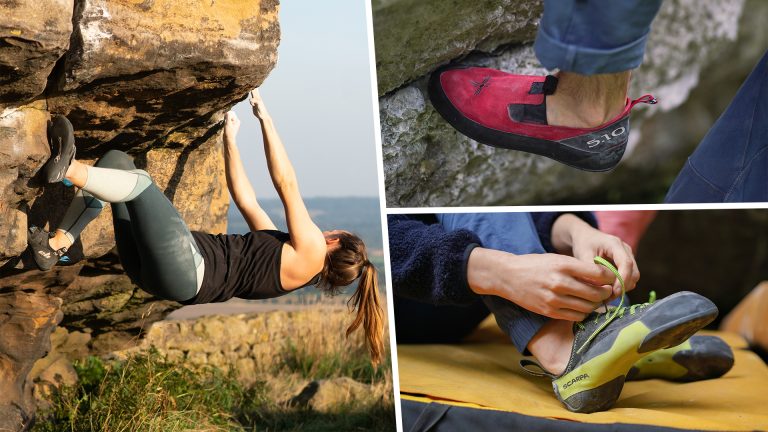If you live in the UK and tend to do most of your hiking between the start of spring and the end of autumn, the Scarpa Terra GTX boot is a good pick. I’ve been testing out this best-selling walking boot from the Italian brand on everything from long dog walks in Wiltshire to cold and muddy hikes high up in the Black Mountains of Wales, and I’ve found it to be an able and versatile performer.
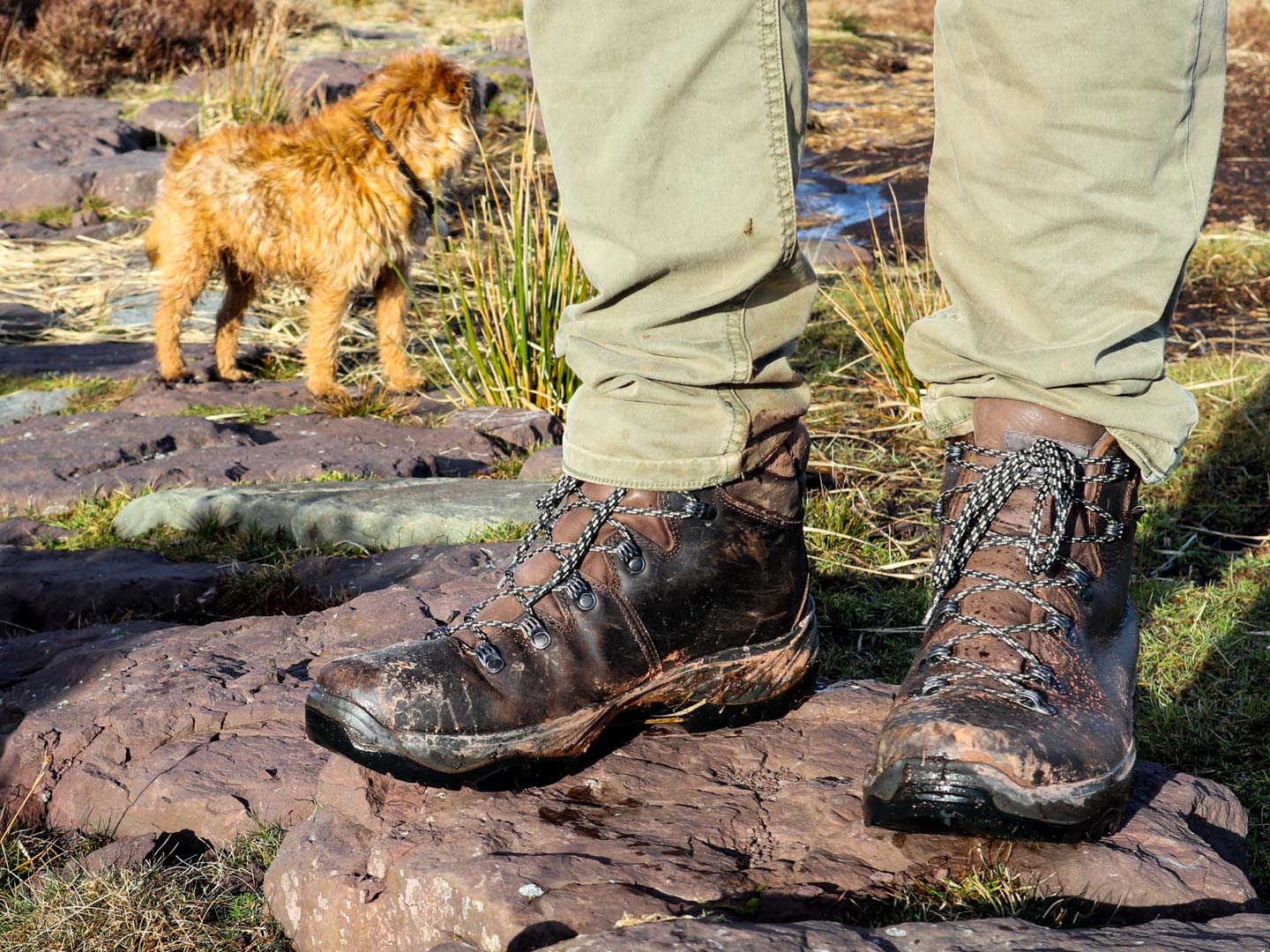
Scarpa describe the Terra GTX as a boot for low-level walks, which by my definition would equate to pub bimbles in the Cotswolds. Sure, it’s fine for that, but I’d say it’s capable of much more. In fact, I wore my pair straight out of the box on a 30-km frosty mountain trek in January, and they were perfect for the job. I do a lot of UK hiking and long-distance walking, and I’d happily use the Terra GTX for anything from a quick blast up and down Yr Wyddfa / Snowdon to an end-to-end trek along the 268-mile Pennine Way.
Its Limitations
Where it’s a little stretched is on very rocky mountain terrain. The ankle lacks some sturdiness, the sole is a little on the flexible side, and the toe lacks the precision you’d want when edging up rocky inclines. In the UK, I’d say this rules it out for hikes with technical scrambles and high-level routes over rocky, bouldery tops. In somewhere like the Alps, it would be fine below the tree line and on defined trails, but it would struggle when things get very steep and bouldery. Its upper is also a little on the thin side, and there’s no insulation, so it’s not an ideal boot for full-blown winter mountain use.
Build Quality
The saying ‘buy cheap, buy twice’ is highly applicable when it comes to walking boots. When friends ask me for boot-buying advice, I always stress that they should prioritise build quality. Buying boots just because they’re cheap nearly always leads to trouble. Fortunately, quality is something I expect from Scarpa. It’s a company with a heritage rooted in traditional Italian shoemaking techniques, combined with modern technology and testing. The majority of its products are made in Europe, and its materials come from the continent too.
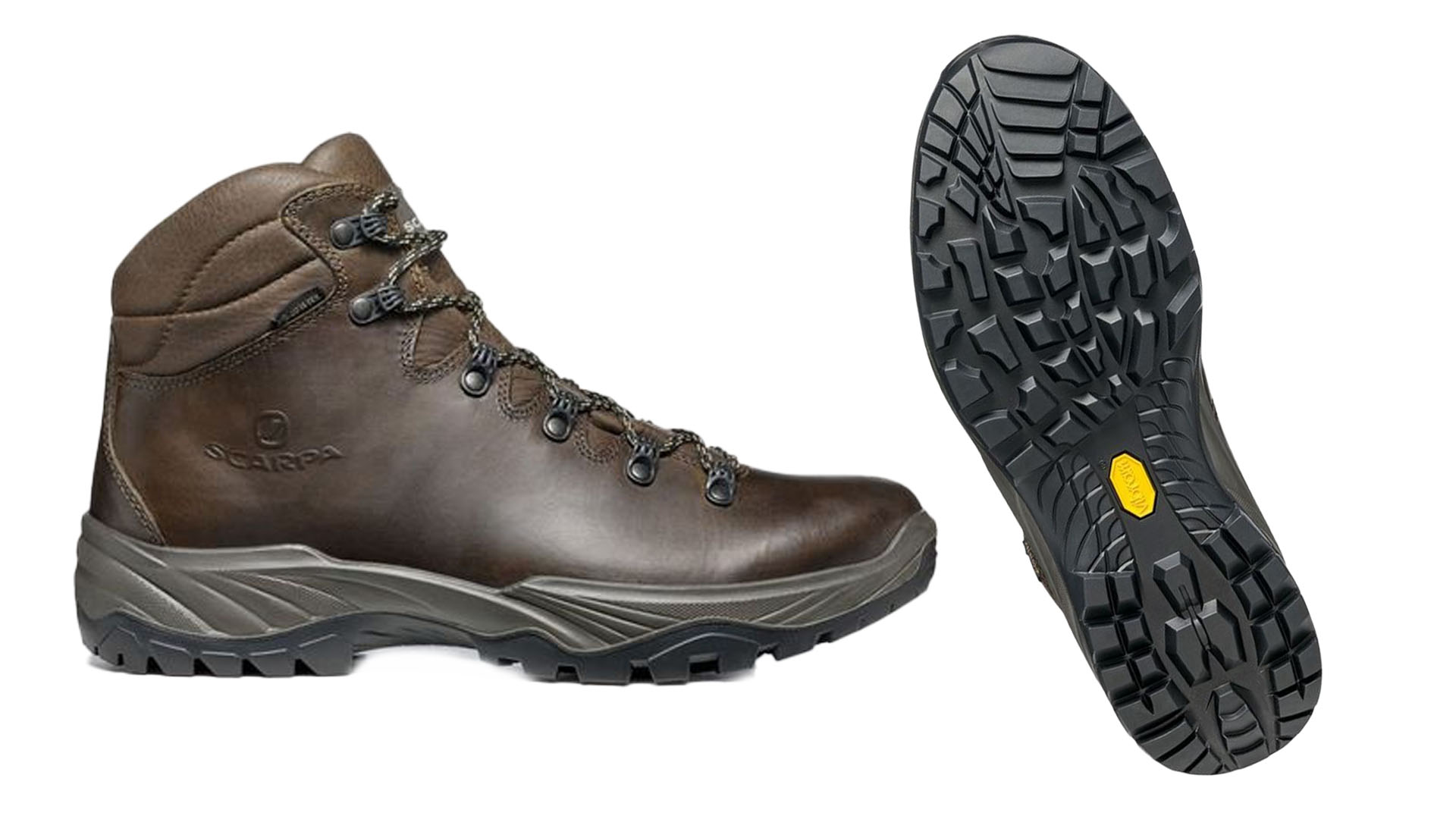
The waxed leather upper has a soft and supple feel. It’s made from just three pieces of leather (excluding the tongue and ankle cuff), which is a good thing because it minimises seams – a common weak point in boots where wear and tear tends to occur fastest.
Looking at the component brands here, you’ve got two of the best: a Gore-Tex membrane and a Vibram sole. Then there are the solid metal eyelets for the laces, an ergonomically shaped removable insole, and an injected PU midsole for cushioning, durability, shock absorption, and resistance to compression over time.
Fit and Feel
As I mentioned earlier, I wore these on a big mountain hike straight out of the box. That’s normally not a good idea, but it didn’t backfire. They were immediately comfortable and didn’t have that awkward firmness or rigidity that usually needs breaking through. Throughout that first hike, I didn’t feel any hotspots or discomfort – it was as if I’d been wearing them for months already.
I’d say the fit strikes a nice balance between comfort and stability. There’s space at the toes, so the boots didn’t start to feel restrictive or uncomfortable after a few miles. In fact, after my first big hike, I realised about an hour into the drive home that I was still wearing them – normally, the first thing I do after I reach my car is change into comfortable trainers or my Crocs! They also don’t feel loose or unstable; I’ve found I can contour in them without my feet sliding around, and I can take on steep descents without my toes being squashed into the end of the boot.
Performance
The lugs are 4mm deep, and there’s a slight heel brake. I’ve found the grip to be good on a range of surfaces. On steep muddy slopes, they bit in nicely and gave me confidence in my step, even when descending with a heavy hiking backpack. The softish rubber also gripped well on dry rock. There are limitations on wet rock, as is the case with most hiking boots.
The ankles are quite flexible, which adds to overall comfort. They might be too flexible for those who like a very sturdy ankle, but I personally found them high and supportive enough for backpacking with a heavy load over well defined paths. In terms of protection from moisture, the Gore-Tex membrane does its job well, and the gusseted tongue goes quite far up the boot. I found I could step into puddles about six inches deep without water spilling in.

